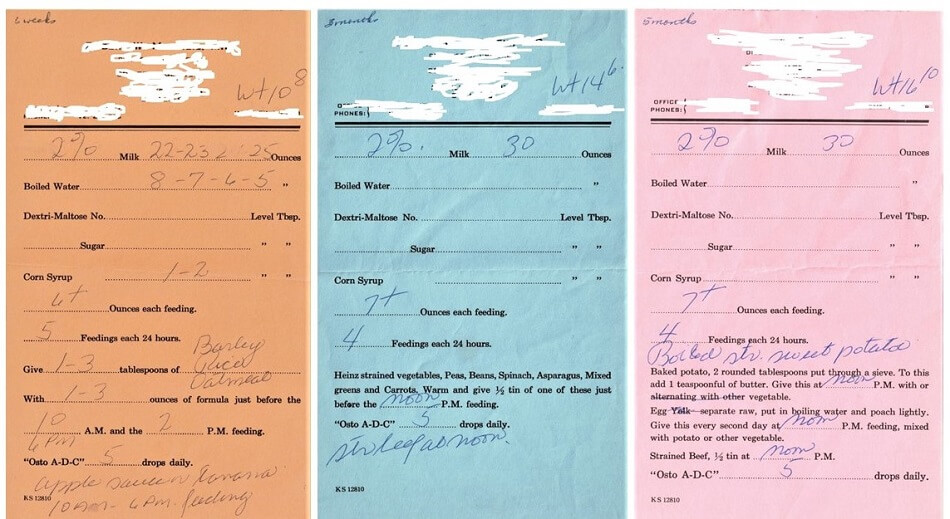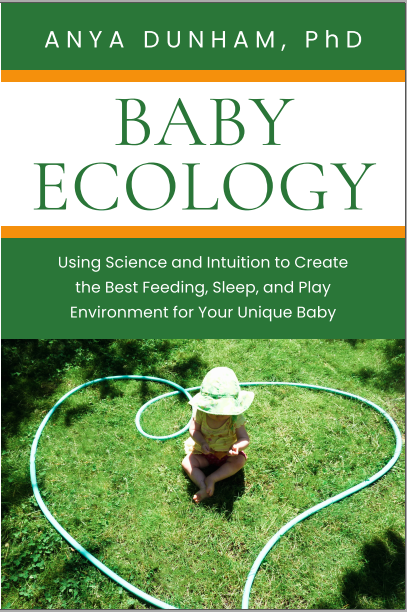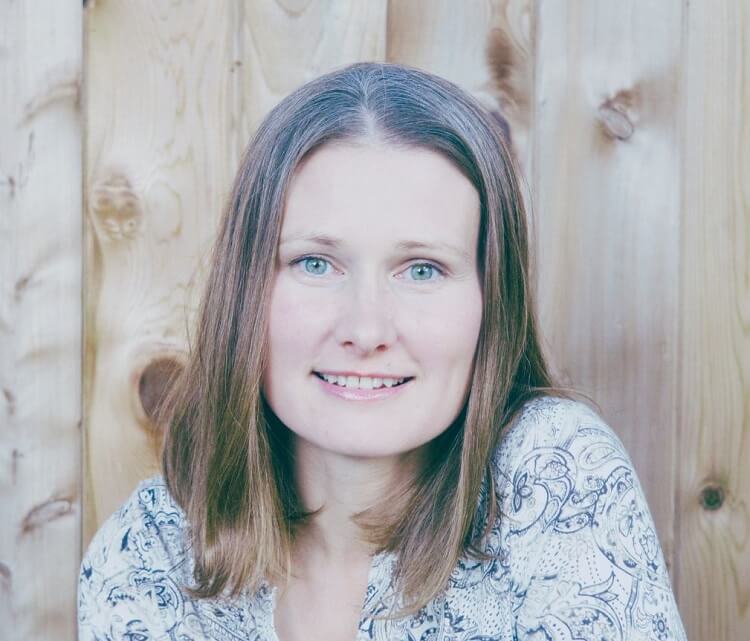Baby Ecology book is here! Learn more
Baby Ecology book is here!
The challenge of finding reliable baby advice, or why I wrote Baby Ecology
by Anya Dunham, PhD
Many baby advice books and resources are available, but most fall into distinct camps that criticize each other and contradict themselves. I believe our babies deserve better, so I developed a unique approach by looking at the science of baby’s first year through the lens of my scientific field, ecology.

Why is there so much baby advice?
According to a survey of 2000 families conducted by OnePoll for Enfamil in 2020, modern parents are faced with an average of 1,750 difficult decisions in their baby’s first year. This works out to be more than 30 decisions every week (and probably more, since there are decisions we re-visit and re-consider over and over again).
For each of these decisions, you will find plenty of baby advice in books, articles, and online communities, but this advice will vary greatly; there are many topics where even doctors don't agree with one another.
It hasn’t always been like this. For example, baby feeding advice used to be very uniform and precise (and very strange by today's standards). In my husband's baby keepsake box we found 3 notes from his pediatrician: at 6 weeks, feed 5 times a day with 2% cow’s milk and boiled water with corn syrup, along with 1-3 tablespoons of barley, rice, or oat cereal with 1-3 oz of formula before 10 am, 2 pm, and 6 pm feedings. The instructions at his 3- and 5-month checkups were just as precise:
 Baby feeding notes written by a pediatrician during the late 1960s. From about the 1950s to 1990s, similar protocols were recommended for babies in the US, Canada, and much of Europe (1).
Baby feeding notes written by a pediatrician during the late 1960s. From about the 1950s to 1990s, similar protocols were recommended for babies in the US, Canada, and much of Europe (1).We now know that breastmilk is the optimal first food for babies during the first 4-6 months, with commercial formula being a safe and nutritious alternative. So, this pediatrician's advice will rightfully seem quite odd to you. But from about the 1950s to 1990s, similar protocols were recommended for babies in the US, Canada, and much of Europe1.
Since then, many scientific studies have been completed on infant feeding, sleep, and development. Baby feeding advice – and baby advice in general – has changed a lot, and it is not always consistent. Furthermore, its quality varies from one source to another. How can parents find baby advice they can trust?
In search of "the one right way"
Author and journalist Oliver Burkeman wrote in The Diabolical Genius of the Baby Advice Industry article in The Guardian:
“it rapidly became clear that the modern terrain of infant advice was starkly divided into two opposed camps ... On one side were the gurus I came to think of as the Baby Trainers, who urged us to get our newborn on to a strict schedule as soon as possible, both because the absence of such structure would leave him existentially insecure, but also so he could be seamlessly integrated into the rhythms of the household, allowing everyone to get some sleep and enabling both parents swiftly to return to work. …. On the other side were the Natural Parents, for whom all schedules – and, often enough, the very notion of mothers having jobs to return to – were further proof that modernity had corrupted the purity of parenthood, which could be recovered only by emulating the earthy practices of indigenous tribes in the developing world and/or prehistoric humans”.
Oliver went on to provide a witty (and, in my experience, quite accurate) analysis of these two camps and their respective techniques, and contrasted them with the technique-free philosophy Dr. Alison Gopnik suggests in her book The Gardener and the Carpenter: to stop thinking of children as construction projects and instead see ourselves as gardeners, providing the environment for them to grow. But, Oliver concludes,
“when I think hard about it, I’m not sure it’s truly possible to live according to Gopnik’s technique-free philosophy, either. … This, I suspect, may be the lasting lesson of the baby advice books that now sit largely unconsulted at the back of our flat. They failed to deliver on their promise to reveal the one right way to do things. Then again, they provided no firm reason to conclude it would be impossible to find the right way.”
When I first became a mother, I, too, hoped to find the one perfect approach, the one clear set of parenting techniques to help me be sure I was caring for my baby the right way. And, like Oliver, I found that baby advice books did not reveal the one right way to do things. Truth is, “the one right way” does not exist – and never will. There simply isn’t one right way to raise a baby.

Not one right way, but an optimal range
I read Oliver’s article shortly after I read Alison Gopnik’s book, The Gardener and the Carpenter, in the winter of 2018. I was three years into writing my book, Baby Ecology. I had been looking at the science of baby’s first year through the lens of my research field, ecology, to find answers to the following questions:
- What do all human babies need to thrive?
- What elements in babies' environments – physical spaces they live in and experiences they have – help meet these needs?
- How can each family create their home environment to best meet the needs of their unique baby?
In my draft Introduction at the time, I had included a garden analogy:

Imagine you are a gardener who discovers an unknown seedling breaking through the soil. What would you do to help this new plant flourish?
I can see you continuing to cultivate a robust garden where a variety of plants will grow happily: a garden with good amount of sunlight, healthy soil, and few weeds. But how would you help this particular plant? It would not be helpful to tug on it hoping to accelerate its growth, prune or train it to fit a particular shape, or immediately begin a rigorous set protocol of watering and feeding. Instead, you would probably want to get to know your new plant by watching it carefully, learn more about it, figure out what it needs. You would create the environment for your plant to flourish in, adjusting your garden space and care — and enjoy it as it grows to become the plant it is meant to be.
What if we consider caring for babies from this perspective?
What if we approach nurturing by:
- Learning what is biologically natural
- Creating a nurturing environment to support natural abilities and processes
- Watching our babies' development and growth unfold
(This excerpt is from an early draft I wrote in 2015. Because of its resemblance with the analogy Dr. Alison Gopnik offers in The Gardener and the Carpenter that I later read, I chose to not include it in my book. I was, however, happy to see the scientist and author whose work I am fascinated about, suggest a similar idea and direction.)
So, yes, there isn’t one right way to raise a baby. But after a deep-dive into hundreds of studies on infant development, sleep, and feeding, I saw a range:
A biologically optimal nurturing environment with a range of healthy options to meet different babies’ unique needs.
This environment is made up of 10 interconnected building blocks that every family can create in their home in a way that works best for them to nurture their baby’s unfolding abilities.
Baby Ecology
Over the next few years my draft grew into what is now an award-winning book, Baby Ecology. Why did I write it? I wrote the book I had been searching for, which didn't exist at the time. My goal was to create a book that bridges, in a fresh and practical way, decades of scientific research and the everyday experience of caring for a baby.
Baby Ecology:
- Is grounded in science. Although a number of science-based parenting books are available (many of them good and some excellent), none connect scientific findings with day-to-day baby care in the way Baby Ecology does.
- Transcends parenting camps. The approach I describe in Baby Ecology is relevant regardless of cultural backgrounds or specific care practices families choose: formula feeding or breastfeeding, purees or baby-led weaning, bed-sharing or sleeping solo (because key elements - the 10 building blocks - are the same).
- Truly supports parents and caregivers during their baby’s first year. Baby Ecology brings no fear mongering or judgement, but guides, supports, and empowers.
Dear Reader,
To write this book, I carefully analyzed over 800 scientific papers. First, I looked with the eyes of a scientist; I kept only what was true for all human babies, regardless of culture and family practices. Then, I looked with the eyes of a parent and kept only what felt important and useful for families to know during the beautiful, tiring, and ever-important first year.
This award-winning book is the result. I hope it helps you understand better, notice more, and worry less.
Warmly,
Anya
I hope you enjoy reading Baby Ecology, and I hope it helps you on your parenting journey. I would love to hear your thoughts about my book – please drop me a line or leave a review on Goodreads, Amazon, or another platform of your choice! Reviews really help connect new books with readers who are likely to enjoy them.
You might also be interested in:
References
References
1. Fomon JS (2001) Infant feeding in the 20th century: Formula and beikost. Journal of Nutrition 131: 409S-20S


